- News
- Reviews
- Bikes
- Components
- Bar tape & grips
- Bottom brackets
- Brake & gear cables
- Brake & STI levers
- Brake pads & spares
- Brakes
- Cassettes & freewheels
- Chains
- Chainsets & chainrings
- Derailleurs - front
- Derailleurs - rear
- Forks
- Gear levers & shifters
- Groupsets
- Handlebars & extensions
- Headsets
- Hubs
- Inner tubes
- Pedals
- Quick releases & skewers
- Saddles
- Seatposts
- Stems
- Wheels
- Tyres
- Tubeless valves
- Accessories
- Accessories - misc
- Computer mounts
- Bags
- Bar ends
- Bike bags & cases
- Bottle cages
- Bottles
- Cameras
- Car racks
- Child seats
- Computers
- Glasses
- GPS units
- Helmets
- Lights - front
- Lights - rear
- Lights - sets
- Locks
- Mirrors
- Mudguards
- Racks
- Pumps & CO2 inflators
- Puncture kits
- Reflectives
- Smart watches
- Stands and racks
- Trailers
- Clothing
- Health, fitness and nutrition
- Tools and workshop
- Miscellaneous
- Buyers Guides
- Features
- Forum
- Recommends
- Podcast
feature
 The cyclist's guide to looking after your knees Sept 2024
The cyclist's guide to looking after your knees Sept 2024The cyclist's guide to looking after your knees — ride stronger and faster with these tips for managing and preventing the most common cycling injury
Nothing is certain in this life, said American statesman Benjamin Franklin in 1789, except death, taxes and picking up a knee injury if you ride long enough. And how prescient the polymath proved to be with a 2011 review and 2017 review suggesting the incidence of knee pain in cyclists stretches from 36% to 62%. It begs a peloton’s worth of questions, including what are the most common knee injuries and how do you both cure and avoid them in the first place? We’ll come onto that but first some good news.
“Yes, it’s true that the most common cycling injury is a knee injury,” says Phil Burt, the former Team Sky bike fitter who now focuses more heavily on recreational athletes at the Manchester Institute of Health and Performance. He’s also written a book on his favoured subject, Bike Fit. “However, the oxymoron is that cycling is really healthy for your knees. What’s the first thing anyone does after a knee operation? They don’t go running. They get back on a static bike to rehabilitate.
> The causes of back pain in cyclists and how to prevent them
“The reason that cycling is good for your knees is because it contains hardly any eccentric forces. These are the landing forces that you experience when, for instance, you’re running and are quite destructive over the long term.”
Locked-in problems
So, good news for the cyclist, but not perfect news. “Cycling is ‘a posture in position’ activity, which means that it’s a locked-in sport and one of much repetition,” says Burt. “Our feet are strapped into stiff shoes that are then locked into a pedal system. That means if anything is out of alignment, things can unravel.”
The result, says Burt, can be two primary types of cycling-related knee pain. There’s the anterior knee pain, or the pain in the front of your knee, that’s caused by a cranking up of pressure on your patella and the tissues that surround it. Iliotibial Band Syndrome (ITBS) is common. Inflammation leads to a stabbing pain that, over time, grows progressively worse.
Then you have the lateral knee pain, towards the outside of the knee. Similar to the anterior pain, it’s caused by a build-up of pressure through lateral or medial knee structures. Patellofemoral pain syndrome, or PFPS, is common. This is more of a dull, aching pain and, rather disturbingly, can be accompanied by crackling noises when you bend your knee.
What could be causing your knee pain in the first place?
“When it comes, the anterior knee pain, the main causes are siting too low or too far forward,” says Burt. “This then places undue strain the patella.” Further reasons include tight hip or knee flexors, which result in compression at the patellofemoral joint. You can also suffer if you’re in too high a gear and cranking out a very slow cadence. Again, this simply equates to pressure and pain. Incorrect cleat position’s another cause, too.
> Cycling cadence: how fast should you pedal?
“As for the lateral knee pain, that’s more commonly associated with too high a saddle position,” says Burt. “It could also be due to a person’s biomechanics. They might need a different Q factor or angle.” The Q factor’s the distance between the outside of one crank and the other, measured laterally through the midline of the bottom bracket. Incorrect cleat alignment’s again another cause, while lack of core strength’s also an issue.
> How to set your saddle height
“All in all, many of knee issues manifest themselves because soft tissues become very tight,” says Burt. “This then places the joints and associated ligaments and tendons under pressure.”
How to banish knee pain
So, what can be done to not only improve the situation, but prevent these knee issues in the first place? “Stretching will always only help,” says Burt. That’s because stretching lengthens the muscle and so boost flexibility and elasticity. There are three types of stretches: static, dynamic and proprioceptive neuromuscular facilitation stretching, or PNFS.
> Common bike fit mistakes and how to avoid them
Static stretching involves slow, controlled stretches that you hold. Dynamic stretching features bouncing movements, progressively increasing the range of motion via successive repetitive motions. Then there’s PNFS, which involves a contraction and stretching of the muscle and often requires a partner.
All have been shown to increase a joint’s range of motion so all are effective, albeit PNF-type stretching may be more effective for immediate gains. But this is more advanced and does require someone to apply limb pressure.
Around 30 seconds per stretch is fine, though obviously the more you stretch, the greater the results. It’s the same with weekly efforts but start with three a week.
A foam roller is also a useful purchase, says bike-fitter John Dennis. “The ideal is that you have a professional therapist start you off,” he says. “Because you can be in positions you’re not used to, like lying on your side, often newcomers to foam rollers find it difficult to execute the right pressure. However, read the manufacturer’s instructions carefully and you’ll be fine to start on your own.”
Just remember that the muscle might be particularly tight so gradually applying pressure is the aim, digging deeper as the situation improves. “Harder most definitely isn’t better,” adds Dennis. “You want to feel that it’s not too painful when you first apply pressure.”
How often you roll depends on the aim. If it’s preventative – and that’s something Dennis advises for us all – three times a week is fine, ideally rolling after a session because your muscles will be warm. Just remember that the heavier the massage, the more it tires your muscles so don’t roll the day before an intense session. If the aim is to remedy an injured knee, roll daily, increasing to a couple times a day if needed. If all goes well, after two weeks the pain should subside.
Strength training helps, too. This includes squats to strengthen the quads, which ultimately helps the knee, plus core work. A cyclist’s core needs to be strong, or smaller and less efficient muscles will be forced to work too hard and become fatigued. For example, weak glutes result in over-stressing the knee when pedalling.
The benefits of a bike fit
“Stretching and addressing these balances is really important,” adds Burt, “but they won’t sort the problems on their own. You must assess your position, too, the ideal being that you see a professional bike fitter. That’s because in my opinion, the most important thing to do to prevent getting cycling knee pain is to make sure that your saddle height, setback and tilt are correctly set up for you. This is even more important as the years roll because as we age, we become less adaptable, meaning you should revisit your bike fitter to check everything’s in check.”
> The things I learnt from a professional bike fit
The bike fitter will be able to tell if your knee’s tracking laterally and incorrectly, and will make a series of adjustments that not only include saddle-focused tweaks, but at the foot, too. If you’re heavily pronating, the practitioner might recommend a footbed, which are often customised to your needs. Or, says Burt, they might recommend moving your cleats and even changing what you’re attached to.
“The right pedal system for your pedalling can make a huge difference,” he says. “Some riders require more float in the pedal system to allow them to pedal in the fashion they want to. If this is often constrained, the outcome will be some form of knee pain.
> How important is pedalling technique?
Investing some time in understanding yourself and your biomechanics, and what equipment might work best for you on the bike, often heads off problems before they occur.”
“Finally, I’d consider dropping crank length if you’re experiencing knee pain,” says Burt. “If the circumference you must pedal is smaller, the knee flexes less, meaning less strain.
So, there you have it. Whether you’re looking to overcome knee injuries or prevent them in the first place, you can’t go far wrong if you undergo a professional bike fit and add a moderate amount of stretch and strength work to your routine. Goodbye patella pain, hello faster, stronger cycling.
James is an experienced cycling writer whose palmares includes penning three books. His latest, Riding with the Rocketmen, charted his painful journey to the Etape du Tour finish line. Along the way, he learnt from Ineos in Andorra, got aero with Lawson Craddock in a wind-tunnel and cyclocrossed with Nick Craig. Despite that, he remained steadfastly moderate! He also edits the official Tour de France Guide, plus pens words for many other outlets, both in print and digital.
Latest Comments
- Miller 1 hour 43 min ago
I'm reading this as the komoot founder cashing out? Tough on the staff who'll get a redundancy notice and not a payout.
- Rendel Harris 2 hours 9 min ago
You can pick them up for £129 at Cyclestore now with free postage.
- belugabob 2 hours 21 min ago
Is that in the same way as roads encourage speeding?
- Jakrayan 2 hours 22 min ago
A tandem might work if it was specially made so that she was at the front. Realistically, I'd probably enjoy staring at her bum more than she would...
- David9694 4 hours 40 min ago
I certainly don't put every story about every fatal crash I encounter, this pair just got me curious, like why are 90 year olds still driving and...
- Vo2Maxi 5 hours 13 min ago
Over 25 years ago now, I was on the Ideal Travel winter training camp in Majorca....
- chaos 5 hours 22 min ago
Great news for titanium and steel owners like me. My metal rim bikes roll on. Sadly, my venture into carbon territory is a different story. Anyway,...
- Sredlums 6 hours 4 min ago
I honestly can not yet get my head around how this thing is supposed to work. What I do know is that it does not have the chain on each side,...
- Bmblbzzz 6 hours 45 min ago
And it's worth remembering it's not just Park St – it's from Vic Rooms down to College Green. https://www.bristol247.com/news-and-features/news...
- David9694 8 hours 32 min ago
Driver taken to hospital after flipped car shut road near Barnstaple...
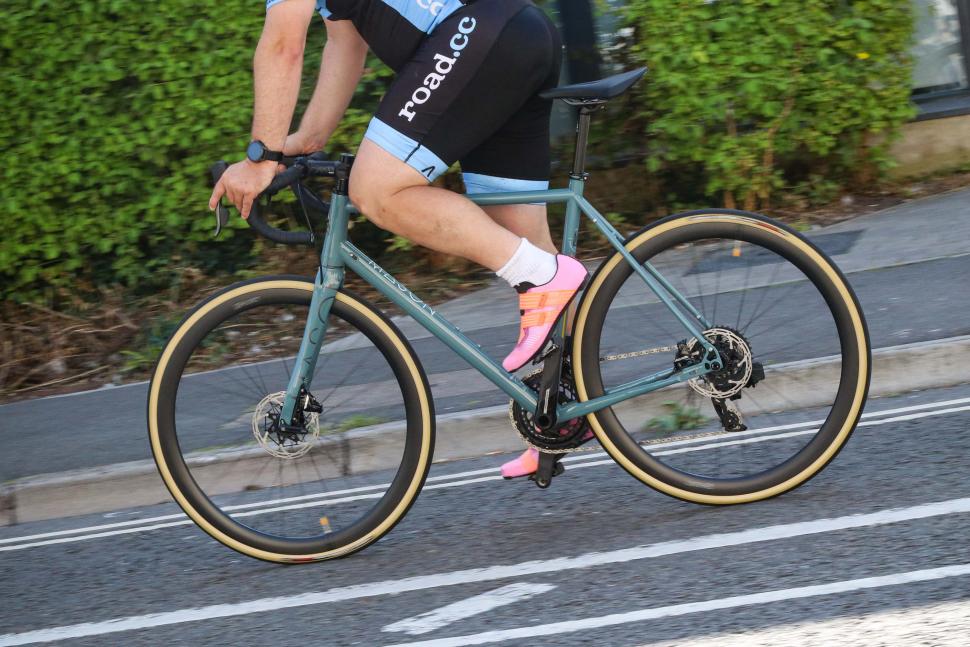

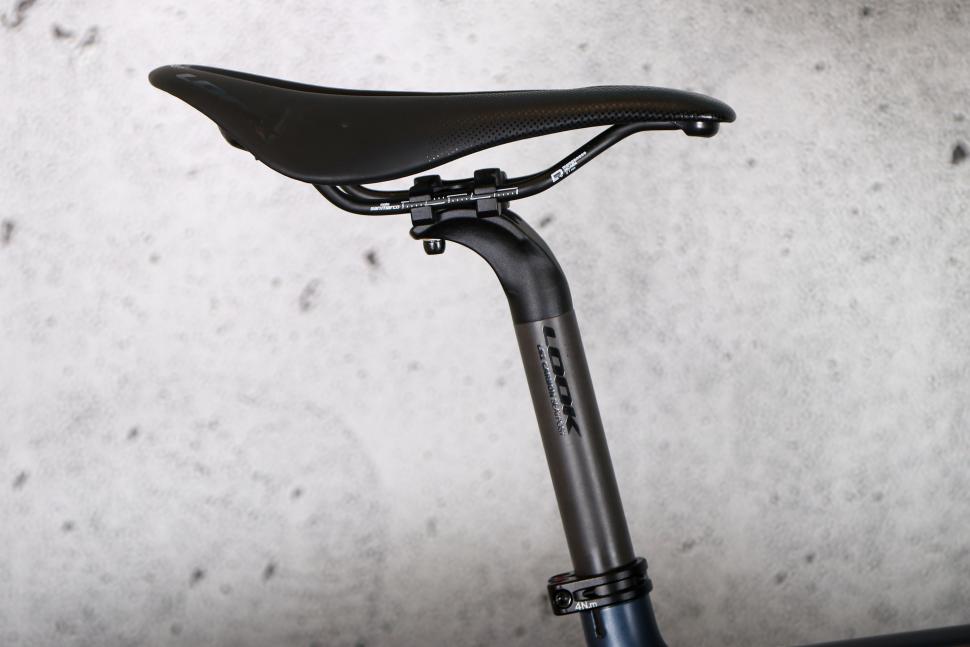
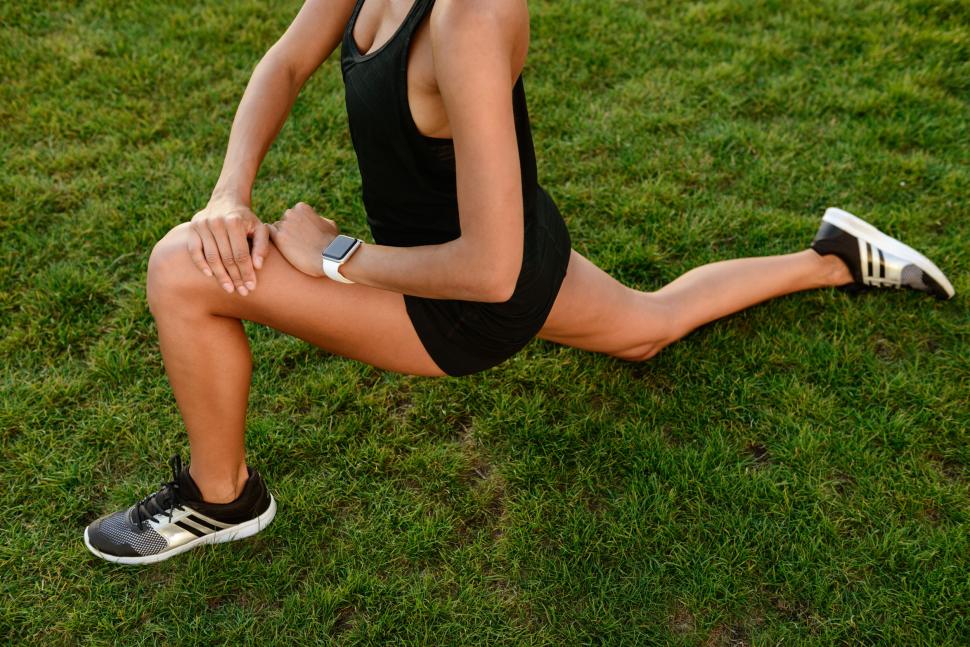
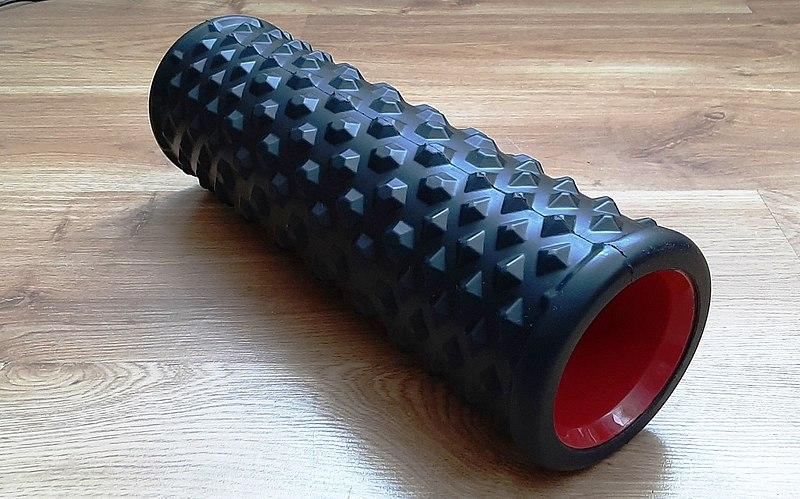

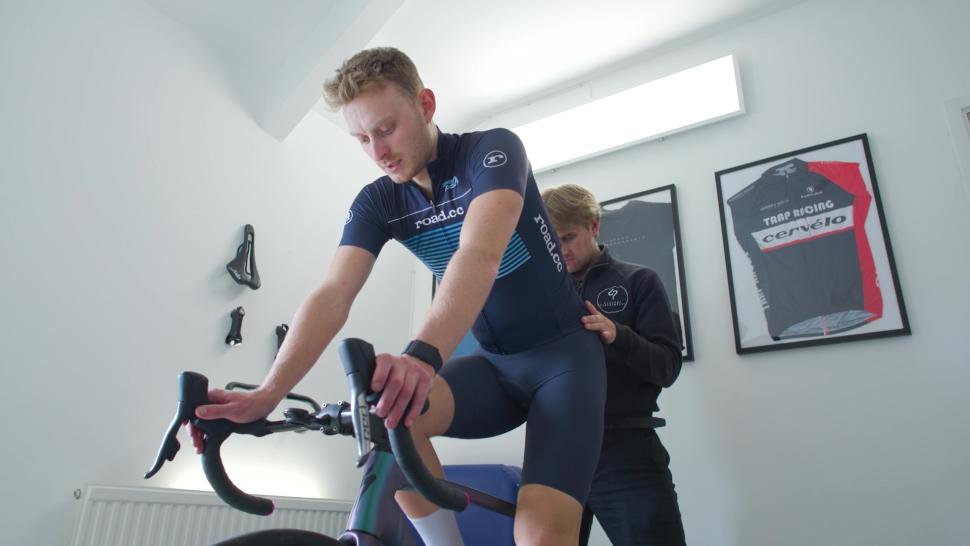
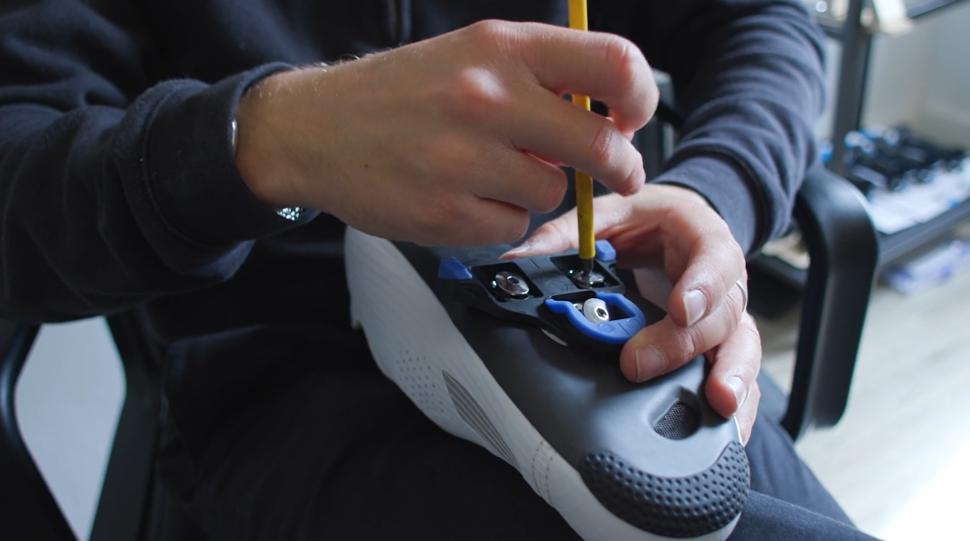
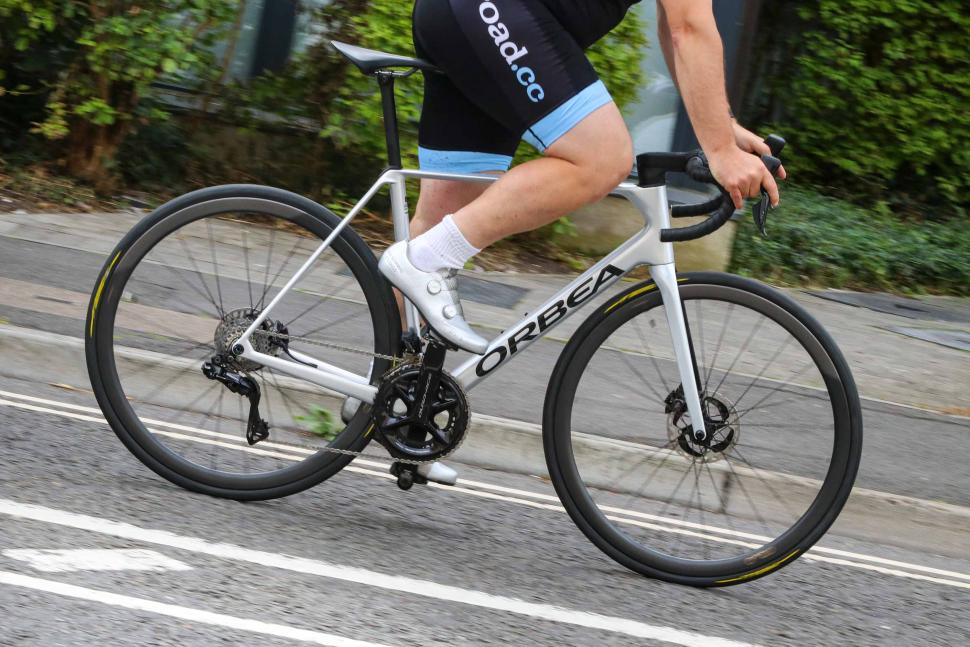
Add new comment
4 comments
++ for shorter cranks. Nothing but benefits IME.
I'd also suggest /varying/ the bike fit. There need not be "1" perfect bike fit, per se. The best way to avoid repetitive stress injuries sometimes is to just vary the stress. Change your saddle height a bit - or change between bikes with slightly different (but comfortable) saddle heights.
+1 for shorter cranks. (FWIW, even Tadej has shorter cranks.)
I also recommend considering longer axle pedals to improve your stance width.
This is one reason I like flat pedals. Foot position can change as needed, e.g., different for on the flat or climbing, and adaptable dependent on 'twinges' and fatigue.
I would agree that there's no one perfect fit, but I reckon changing your saddle height a bit just for the sake of it sounds a horrible idea and is likely to do a load more harm than good.